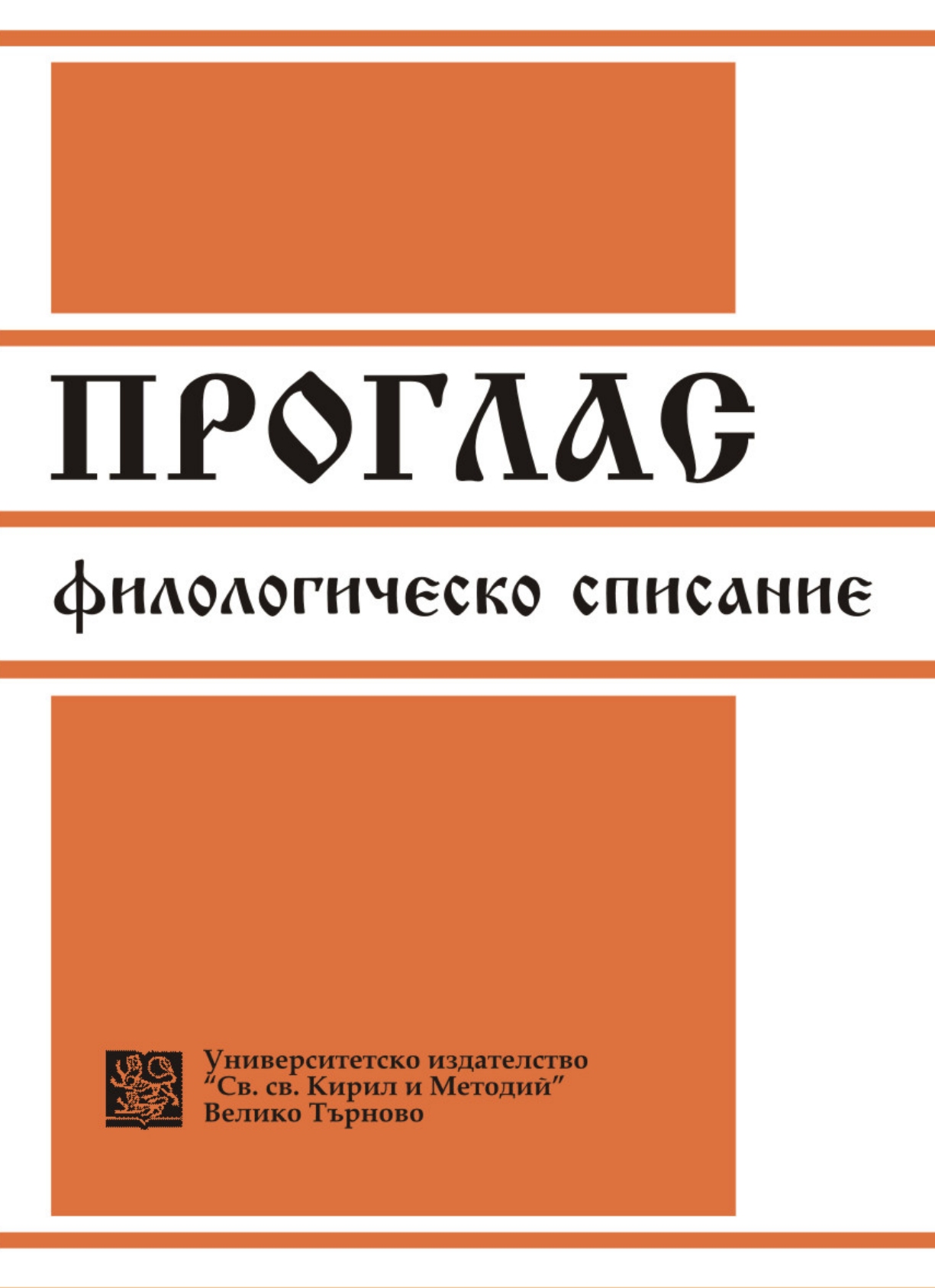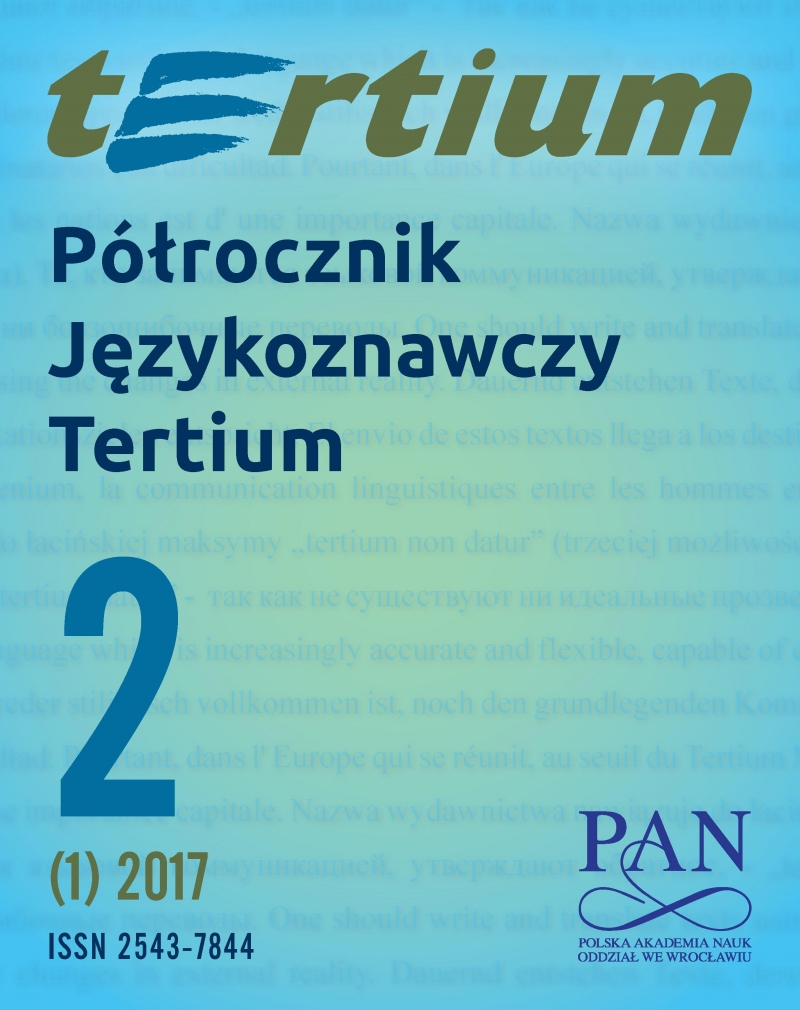Author(s): Galina Miškinene / Language(s): Russian
Issue: 2/2012
Lithuanian Tatars’ manuscript tradition is a unique cultural phenomenon, which was born in XVI century, when Lithuanian Tartars lost their Turkic language, and it composed an exclusive heritage feature of Grand Duchy of Lithuania. The scientific literature refers to four literary languages recorded in Lithuania Tartars’ manuscripts. These are Chorezm, Chagatai, old Ottoman and Crimean Tatar languages. Over the centuries, Tatars have not lost connection with their compatriots in the East. There is much information about Tartars’ trips to Istanbul, the Balkans and Mecca. However, inaptitude of the liturgical Arabic language and loss of the Turkic language was the reason why Lithuanian Tartars were constrained to change their religious literature into Old Belorussian and later into Polish. In this way, Lithuanian Tartars’ manuscript tradition was born, when Slavic text was written in the Arabic alphabet. One of the peculiarities of these manuscripts is that it is a multilingual monument. In manuscripts, beside the Slavic languages, there are many texts written in Arabic and old Ottoman words. Lithuanian Tartars’ writing tradition, little bit modified and modernized, remained till our days. At the end of XIX century Chamail written in Cyrillic alphabet appeared, whereas Kitab written by printing-machine in the Latin alphabet appeared in 1980s. The oldest Tartars’ manuscripts (kitabs, chamails, tefsirs and tedžvids), written in the old Belorussian and Polish languages in the Arabic alphabet, are dated back in the middle of XVII century. The meaning of the word kitab in the Arabic language is a book. However, kitab refers only to a very large size and scope of a book. Kitabs for Lithuanian Tartars had a great cultural and educational value. It was possible to learn from them about Muslim rituals, traditions, and access to popular hadith – stories about prophet Muhammed and his predecessors. There were also a lot of Eastern stories, folklore, sometimes biblical legends. Chamail (prayer-book) consists of prayer text written in the Arabic and Turkic languages and explanation of the text in old Belorussian and Polish. It is also possible to find knowledge about Muslim chronology, advices how to heal disease by praying, dreams interpretations, lucky and unlucky day predictions. Quran reading rules are stated in tedžvid. Tefsir is the Quran with narration between the lines and comments in Polish. It helps to understand content of the Scripture. All the written forms are equally important and reflect the unique Lithuanian Tartars’ culture and its links with other cultures.
More...
















